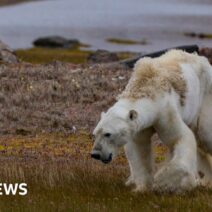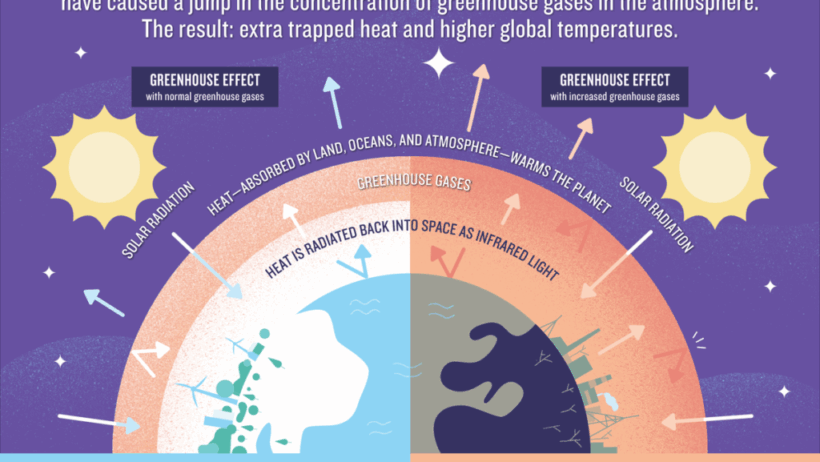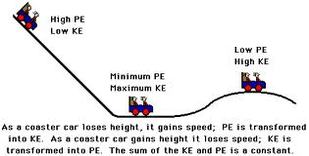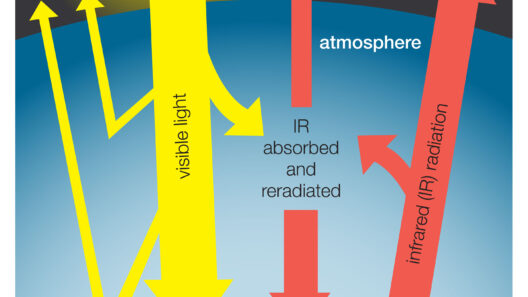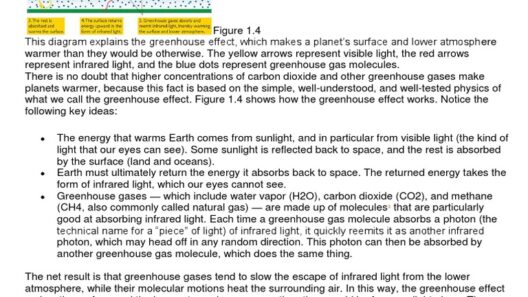The greenhouse effect is akin to a tightly woven quilt draped over our planet, retaining warmth and nurturing life beneath its layers. Yet, as the quilt is pulled tighter by human activities, the implications morph from warmth and comfort to suffocation and turmoil. Understanding these ramifications becomes paramount, as the greenhouse effect exacerbates climate change and engenders a cascade of negative consequences that threaten the very fabric of ecosystems across the globe.
To unpack the perils of an intensified greenhouse effect, we delve into diverse yet interlinked realms—atmospheric alterations, ecological disruptions, and socio-economic upheaval.
Significantly, the phenomenon begins with the amplification of greenhouse gases, notably carbon dioxide (CO2), methane (CH4), and nitrous oxide (N2O). Each of these gases performs its role as a heat trap, creating an imbalance that leads to far-reaching consequences. The effects ripple through our climate systems, and the resulting changes can be likened to a chaotic symphony, where once harmonious elements give way to discord.
Generally categorized, the repercussions can be dissected into three central areas: climatic and environmental changes, biodiversity and ecosystem shifts, and socio-economic impacts.
Climate and Environmental Changes: The Tumultuous Atmosphere
With each passing year, the scales of nature tip precariously, fueled by the ravenous consumption of fossil fuels and deforestation. The result? An unsettling upward trend in global temperatures known as global warming. As the Earth warms, the symphony of seasons grows increasingly erratic, leading to bewildering weather patterns. Tornadoes spiral out of season, hurricanes gain ferocity, and droughts stretch their fingers into once-fertile soils.
The melting of glaciers and polar ice caps serves as an alarming exemplar of environmental change. Once stable, these colossal ice masses are now retreating at unprecedented rates, contributing to rising sea levels. A world enveloped by waters encroaching upon coastal cities is no longer a distant dystopia; it is a looming certainty that demands our immediate attention and action.
Biodiversity and Ecosystem Shifts: The Tipping Point
As we journey deeper into the consequences of greenhouse gases, we confront the ominous reality of biodiversity loss. The biosphere—an intricate tapestry of life woven together in delicate balance—is fraying at the edges. Habitual destruction caused by climate change manifests in habitat degradation, making ecosystems inhospitable for countless species.
For example, coral reefs, often dubbed “the rainforests of the sea,” are succumbing to coral bleaching as ocean temperatures rise. This phenomenon signifies a vast ecosystem crisis, where the intricate partnership between corals and algae is ruptured, leading to the coral’s slow demise. The loss of biodiversity reverberates through the food chain and endangers the livelihoods of millions who rely on these resources, undermining the very foundation of life.
Moreover, shifts in migration patterns disrupt the intricate ballet of natural relationships. As species flee their habitats to seek sanctuary in more favorable conditions, they often encounter human-made barriers that hinder their journeys. The ramifications are profound, altering predator-prey dynamics and leading to an eventual collapse of fragile ecosystems.
Socio-Economic Impacts: The Price We Pay
Beyond the environmental and ecological repercussions lies a cacophony of socio-economic challenges as communities grapple with the fallout of an altered climate. Agriculture, the backbone of sustenance for billions, faces an uncertain future. Altered rainfall patterns and increased instances of extreme weather events threaten crop yields and food security, exacerbating hunger and malnutrition in vulnerable populations.
The fabric of society is further strained as the reality of climate-induced migration becomes an ever-pressing concern. People displaced by rising waters or uninhabitable conditions seek refuge, often clashing with existing populations. This influx can spur tensions over resources, manifesting in conflict and strife.
Economies, too, face a daunting uphill battle. Natural disasters, amplified by climate change, lead to staggering financial losses, crippling businesses and disrupting livelihoods. Countries must allocate vast sums of money to recovery efforts, redirecting funds from other critical areas such as education and healthcare. The climate crisis, hence, morphs into an economic crisis, with both short-term burdens and long-lasting ramifications.
As an immensely intricate issue that intertwines environmental integrity with social fairness, the greenhouse effect serves as a sobering reminder of the urgency for collective action. Each decision made today dictates the trajectory of our planet tomorrow. Individual choices, policy adjustments, and corporate responsibility are all crucial components in the concert of change.
In conclusion, the intensified greenhouse effect unfurls a plethora of harmful consequences spanning climatic, ecological, and socio-economic dimensions. Understanding the depth of these impacts is vital for fostering awareness and inciting action. The fabric of our future hinges upon recognition of the threads that link us to one another and to the planet we call home.

